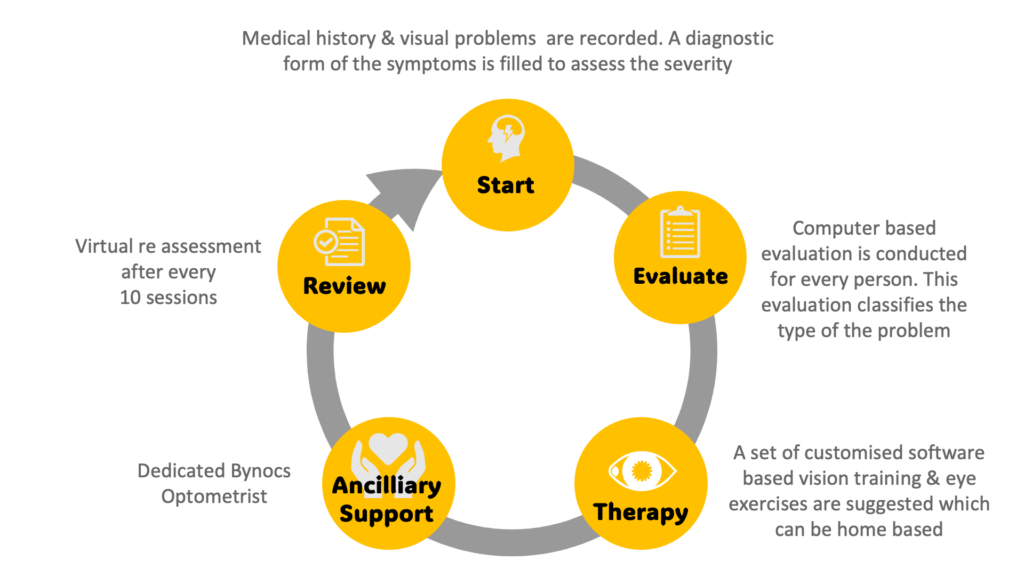NO MORE WORRIES ABOUT
VISUAL DISTURBANCES AFTER
VISION-CORRECTIVE
SURGERY
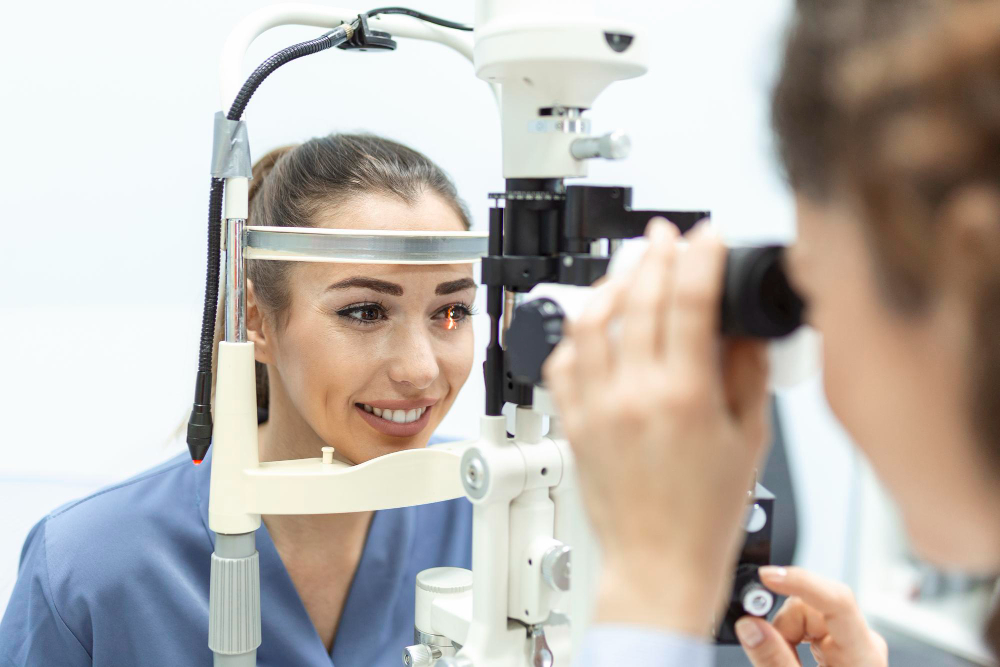
Say Goodbye to Visual Difficulties After Cataract/ Refractive Eye Surgery, Train Your Brain to View Better, Faster
Did you undergo eye surgery to treat your cataracts with multifocal intraocular lenses? Or did you choose to reduce dependency on eyeglasses by undergoing refractive error surgery?
Are you finally ready to get back to your old hobbies of reading, gardening, or driving? Are vision disturbances post-surgery, like double vision, blurred vision, or poor depth perception, keeping you from enjoying these hobbies?
These visual disturbances are transient and can get resolved spontaneously, but may take a long time in some cases.
Now with the latest advancements in post-surgical eye rehabilitation, we can fast track the recovery.
Let us understand how and why these visual disturbances occur and what can you do about them.
What Happens After Cataract Eye Surgery?

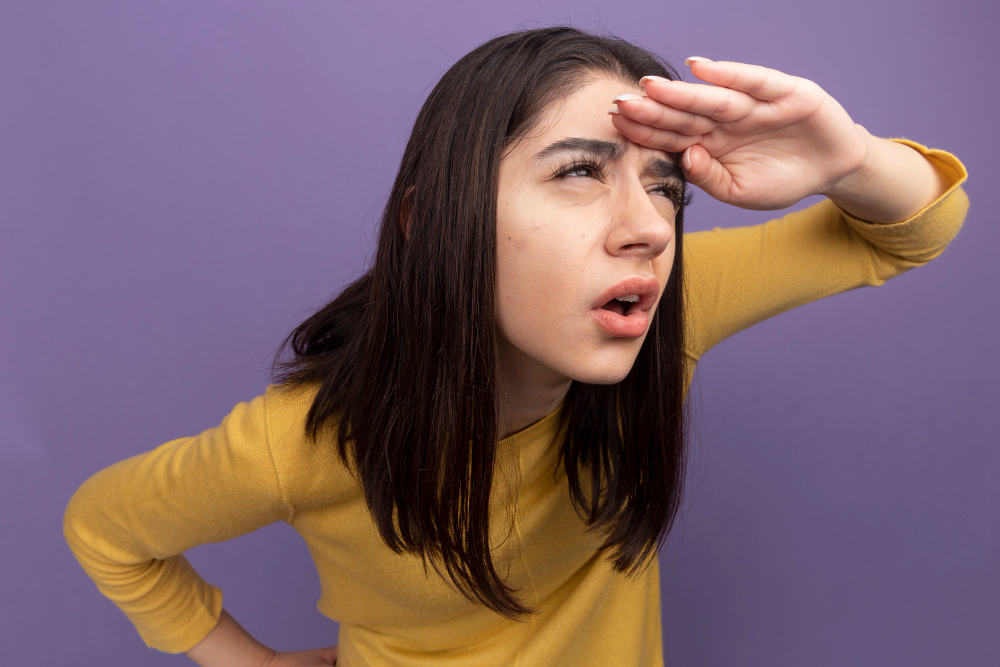
What Happens After Refractive Eye Surgery?
When the eye is unable to focus an image on the retina, it is said to have a refractive error.
Refractive eye surgery is an elective procedure to correct refractive errors and give freedom from eyeglasses and contact lenses. There are various techniques to correct refractive errors, such as using a laser to reshape the cornea (LASIK) or implanting an intraocular lens such as a phakic IOL.
Phakic IOL surgery is usually reserved for patients who are not suitable for LASIK.
How Does Vision Recover After Vision-corrective Eye Surgery?
Perfect vision is dependent on the eyes, the brain and nerve connections between the two.
The brain receives the images sent from the two eyes via the nerves, interprets them and then merges the two separate images into one clear image.
After Cataracts or any refractive surgery, the brain is faced with a new situation and receives a different kind of images as compared to the old images before the surgery. The new image could be different in size, colour or contrast.
The brain takes some time to adapt to this situation and this learning process is called “Neuroadaptation”.
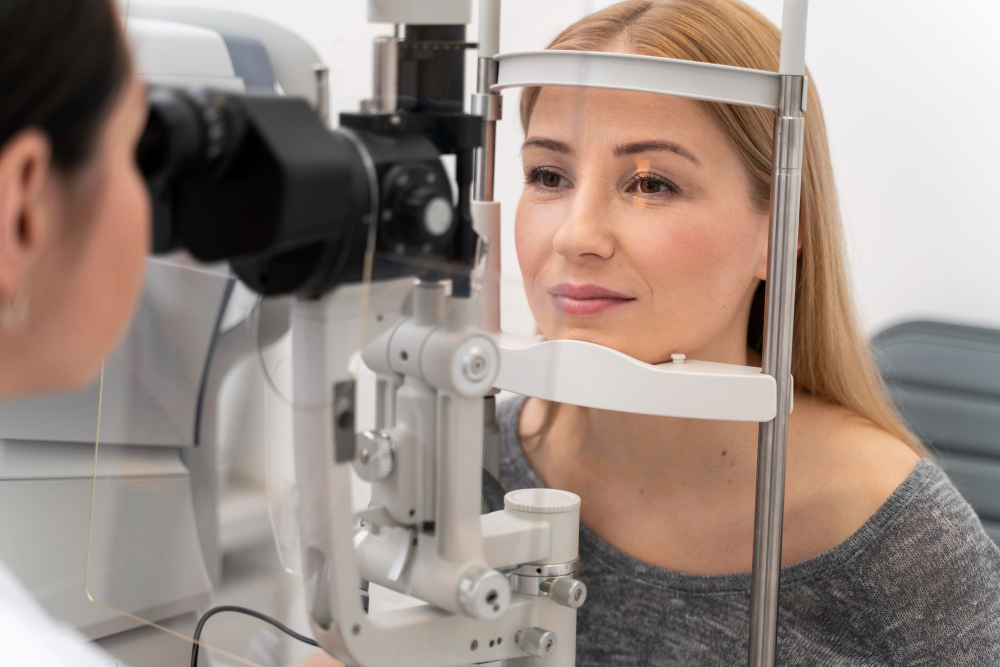
Why Do Binocular Visual Disturbances Occur After Vision-corrective Eye Surgery?
- Blurred vision
- Double vision
- Poor depth perception
CLICK HERE TO READ MORE ABOUT BINOCULAR VISION
These are issues of Neuroadaption. Fortunately, our brain is Neuroplastic, which means that it has the plasticity to adapt to newer situations throughout life.
This process of Neuroadapation can be slow and may sometimes take 6 to 12 months. In about 10% of the cases, the brain may fail to adapt and leave such patients unhappy with the quality of their vision.
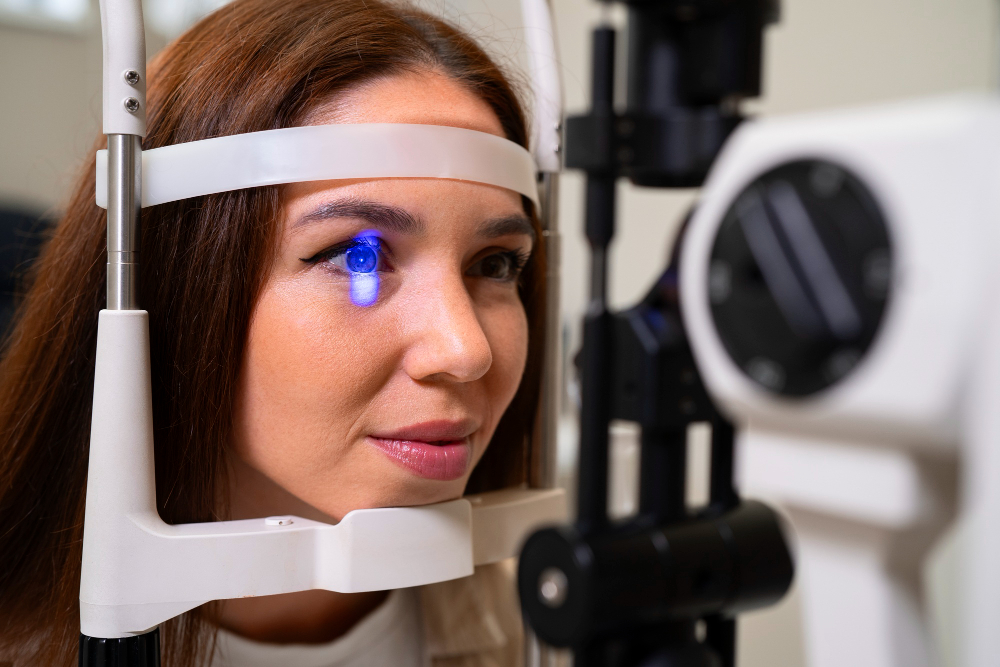
How Can Vision Quality Be Improved With Neuro-Ophthalmology Treatments?
Can The Brain Be Trained to View Better?
The brain possesses a unique property called ‘Neuroplasticity,’ which allows the brain and nerves to continuously remodel and adapt to changes. Because of its ability to adapt to changes in stimuli, it is possible to train the brain and the nerve network to learn and interpret the newer imagery coming from the eyes. This training can help reduce binocular visual disturbances after vision-corrective eye surgery.
Until recently, most eye surgeons advised the patient to wait for spontaneous adaptation and counselled about the resolution with time.
But now, newer and advanced techniques are available to help the brain navigate the learning curve quickly to achieve a clearer vision rapidly.
NeoAdaptor from Bynocs is an eye-rehabilitation program specifically designed for patients having visual disturbances – such as blurring, double vision, poor depth perception after vision-corrective eye surgery.
This program involves playing interactive games on a patented software interface utilizing specialized eyewear.
These neuro-ophthalmology treatment games offer simultaneous and separate stimulation to both eyes with different levels of contrast. The training enhances the brain’s response to visual stimuli and helps it correctly interpret the visual images coming from the eyes. It hastens the process of neuroadaptation and thereby reducing the visual disturbances like blurring, double images and also improves depth perception.
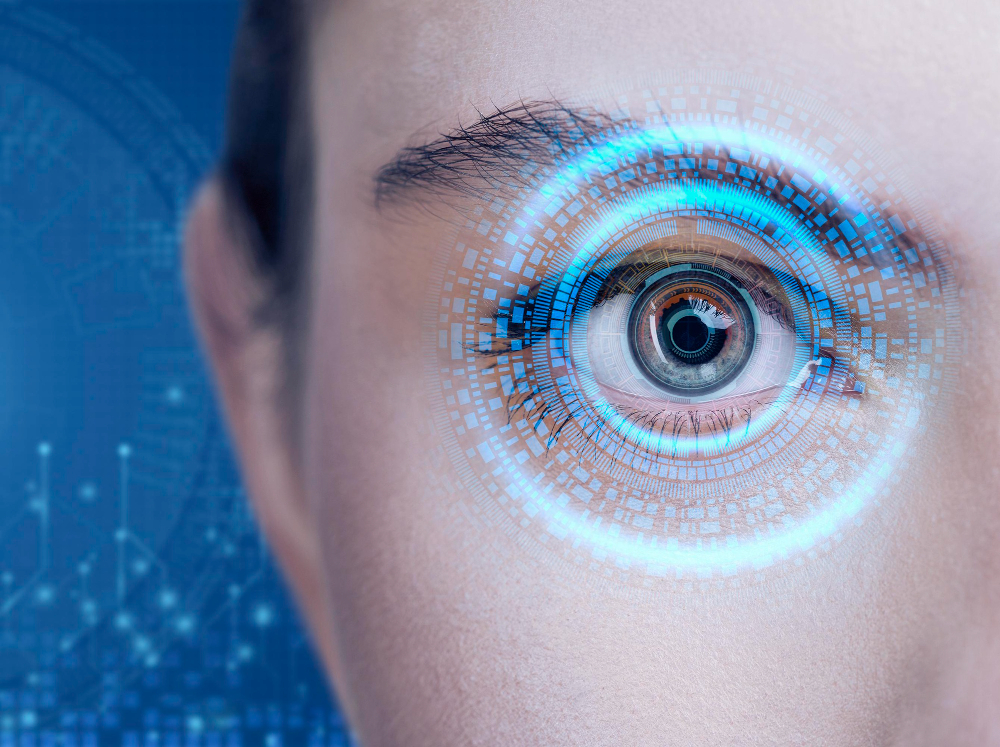
Advanced yet Easy
Undergoing a Bynocs-NeoAdaptor eye-rehabilitation program is easy and requires minimal equipment.
Bynocs NeoAdadptor program has multiple sessions for enhancing eye-brain coordination and the program can be conducted in the clinic or at home.
One needs an internet connection with a computer and special anaglyph glasses given by Bynocs. To perform the technique correctly, optometrist guidance is available through a video call.
Now that you know it is possible to improve the quality of vision after the vision-corrective eye surgery rapidly, say goodbye to blurred and double vision.
Train your brain to view better, faster.
Bynocs Process
